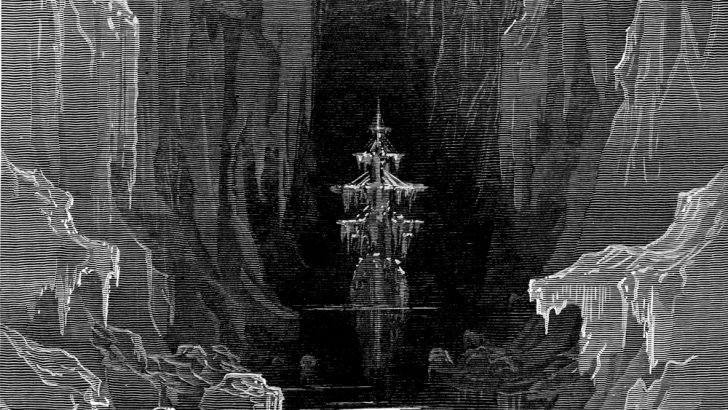Mariner: A Voyage with Samuel Taylor Coleridge
by Malcolm Guite (Hodder and Stoughton, £25.00)
The Rime of the Ancient Mariner and Kubla Khan are two poems known in some way to anyone anywhere who reads English. Yet there was more to Samuel Taylor Coleridge than these and a handful of other poems. He was also a critic, philosopher and table talker supreme.
But he was also a Christian and a religious writer. Yet never once at school or at university (where I studied the Romantic Movement) was the Statesman’s Manual or On the Constitution of the Church and State alluded to that I can now recall. One can read quite a lot about the poet without his religion being mentioned by critics who are not themselves religious.
Reputation
Malcolm Guite, the Chaplain at Girton College in Cambridge, himself a critic, poet, song-writer and teacher, aims to restore some balance to Coleridge’s reputation. He observes that even such vital writers on the poet as John Livingstone Lowes and Richard Holmes fail to explore the poet’s religion in any real way.
When he wrote the Rime, Coleridge aspired to be a Unitarian minister; he ended as an apologist for the Established Church and an inspiration for the Oxford Movement. There is a certain kind of outlook which cannot take this Metaphysical-Kantian-Anglican seriously – an attitude well displayed in the still amusing caricature of Coleridge in T. L Peacock’s satirical novel of 1818, Nightmare Abbey as Mr Filosky, a lachrymose and morbid gentleman, “of some note in the literary world”. “He lived in the midst of that visionary world in which nothing is but what is not. He dreamed with his eyes open, and saw ghosts dancing around him at noontide.”
In this remarkable book, using a very close reading of The Rime of the Ancient Mariner as an armature, Guite attempts to make good this lacuna and to use Coleridge’s evolving religion – to build up a view of the poet’s visionary life, to reveal the inner reality of what was satirised by Peacock.
The book falls into two parts. The first is devoted to scene setting, exploring the poet’s early life, his misadventures and his difficulties, problems relieved by the intensity of his fruitful relationship with Wordsworth and his sister.
This is all excellent and richly compelling reading. But that “morrow morn” of the older and wiser Coleridge is explored in a different way through the influence which Coleridge exerted over other writers such as Tolkien, C. S. Lewis, David Jones and R. S. Thomas.
Most interesting here is the exploration George MacDonald’s There and Back (1891) – MacDonald is also now much admired by a few, hardly read by the many.
Guite also illuminates the insights into the poem provided by three of its illustrators such as David Jones, but most especially Gustave Doré, and Mervyn Peake.
Terror
Peake, I think, through a limited number of images, give The Rime an edge of suppressed terror that is disturbing. But it is Doré, who was at the peak of his powers, who in 1876 really interpreted the poem as another truly great artist.
This book will be of vital interest to all readers of caught up in Coleridge’s visionary world of suffering and redemption – a message which has moreover a very “Green” aspect to it today. But undoubtedly the revelation of Coleridge’s intense Christianity will be for many readers a most rewarding experience.
But I think too that it will be of immense value to teachers who (like the author himself) straddle the realms of both literature and devotion.
Senior classes at school might indeed find this a book of transcendent use in exploring themes of religion’s relevance in the modern world through a masterpiece of world literature.


 Peter Costello
Peter Costello The albatross, like the cross, leading through the icefields.
The albatross, like the cross, leading through the icefields. 